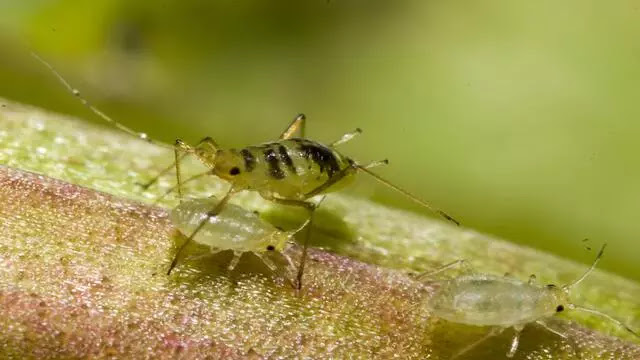Amezing facts about assassin bug
The Assassin Fly, also known as the robber fly, is a fascinating insect belonging to the family Asilidae. These flies are known for their predatory behavior, as they are skilled hunters that capture and feed on other insects, including bees, wasps, flies, and even other small flies.
Appearance: Assassin Flies vary in size, ranging from small to medium-sized insects. They typically have a robust body with a distinctive, elongated, and narrow abdomen. Their head is usually large and equipped with large, compound eyes and a stout proboscis (a tubular mouthpart used for feeding).
Mimicry: Some species of Assassin Flies exhibit mimicry, imitating the appearance of bees or wasps. This mimicry helps them deceive their prey and approach them more easily.
Hunting Behavior: Assassin Flies are formidable predators. They are highly agile and possess excellent vision, allowing them to locate and track their prey in flight. Once they spot a suitable target, they take off and pursue it, often performing acrobatic aerial maneuvers. They capture their prey mid-air, using their strong legs to grab and hold it, and then inject it with saliva containing enzymes that immobilize and begin to digest the prey's tissues.
Habitat: Assassin Flies can be found in various habitats worldwide, including forests, grasslands, deserts, and even urban areas. They are generally associated with areas rich in insect populations, as these serve as their primary food source.
Benefits: Assassin Flies are considered beneficial insects due to their predatory nature. They help control populations of various pests, including flies, mosquitoes, and other nuisance insects. As such, they play a vital role in maintaining ecological balance.
Life Cycle: Assassin Flies undergo complete metamorphosis, starting with eggs laid in the soil or in decaying organic matter. The larvae, known as maggots, are active predators themselves, preying on small insects and other arthropods. After several stages of development, they pupate, and eventually, the adult Assassin Fly emerges.
It's worth noting that while Assassin Flies possess a formidable proboscis used for feeding, they do not pose a significant threat to humans. They are generally not aggressive towards humans and are more interested in hunting other insects.
Diversity: The family Asilidae, to which Assassin Flies belong, is one of the largest families within the order Diptera (true flies). It contains over 7,000 known species worldwide, showcasing a remarkable diversity in size, coloration, and hunting strategies.
Adaptations: Assassin Flies possess several adaptations that make them efficient predators. Their large, compound eyes provide them with excellent vision, allowing them to spot prey from a distance. They also have strong legs equipped with bristles and spines that aid in capturing and holding their prey securely.
Stealth and Ambush: While some Assassin Flies are known for their agile aerial pursuit of prey, others employ a sit-and-wait strategy. These species perch on plants or other elevated surfaces, patiently waiting for unsuspecting insects to come within striking range. Once a suitable prey item is close enough, they launch themselves with remarkable speed and accuracy.
Solitary Behavior: Assassin Flies are primarily solitary insects, and they tend to be territorial, defending their hunting grounds against intruders. However, in some cases, you may find several individuals gathered in an area with abundant food resources.
Longevity: The lifespan of Assassin Flies varies depending on species and environmental conditions. Generally, adult Assassin Flies live for a few weeks to a couple of months. However, their larval stage can last much longer, ranging from months to even a year in some species.
Predators and Threats: While Assassin Flies are skilled hunters, they also face predation from other organisms. Birds, spiders, and certain wasp species are known to prey upon Assassin Flies. Additionally, they may be susceptible to habitat destruction, pesticide use, and other human-induced environmental changes that affect their prey availability and habitats.
Mimicry and Warning Coloration: Some Assassin Flies exhibit mimicry not only in their appearance but also in their behavior. They imitate the flight patterns, coloration, and even the movements of their prey species to approach them undetected. Additionally, some Assassin Flies display warning coloration, such as bright colors or patterns, to signal to potential predators that they are distasteful or toxic.
Ecological Importance: Assassin Flies are significant contributors to ecological balance. By preying on insects, they help regulate populations of potential pests and maintain biodiversity within ecosystems. Their role as natural pest control agents makes them valuable allies in agricultural settings and natural habitats alike.
Research and Study: Assassin Flies are of interest to entomologists and researchers studying predator-prey interactions, insect behavior, and evolutionary biology. Their unique hunting strategies, mimicry adaptations, and diverse species provide a rich field for scientific investigation.
These additional points shed more light on the diverse characteristics, behavior, and ecological significance of Assassin Flies, further highlighting their intriguing nature.





Comments
Post a Comment